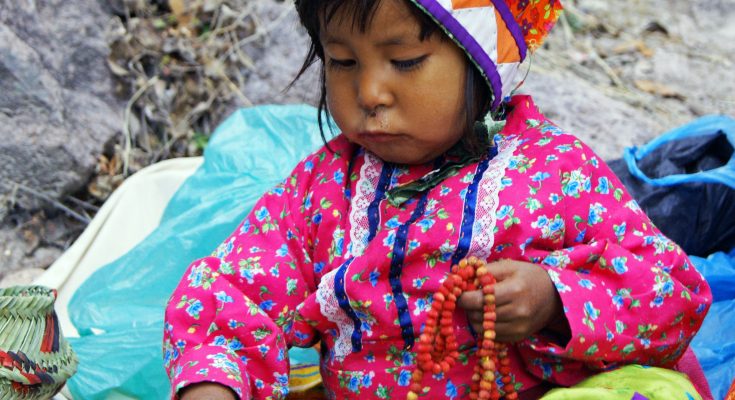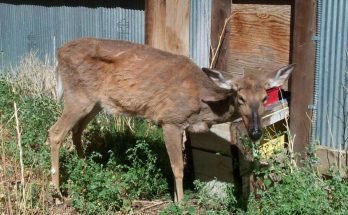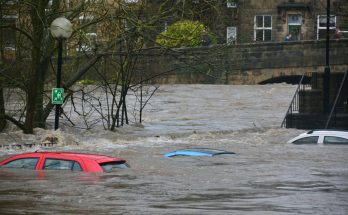The Indigenous population in Canada, about five percent of the population as a whole, grew almost twice as fast as the non-Indigenous population now stands at 1.8 million, according to newly released census data.
The growth of Canada’s Indigenous population from 2016 to 2021 is 9.4 percent, compared to the non-Indigenous population, which grew by just 5.3 percent over the same period, but it’s almost half the growth rate of the Indigenous population between 2011 and 2016, which was 18.9 percent.
According to the 2021 census, the faster growth rate of the Indigenous population can be explained by a higher birth rate and changes, over time, in how census questions are answered.
“In general, respondents have become more likely to identify as Indigenous over time,” the census said.
“The reasons people are more likely to identify as Indigenous may be related to social factors and external factors, such as changes to legislation or court rulings.”
It was also revealed by the new census that Indigenous children account for almost 54 percent of children in foster care.
The number of Indigenous children in foster care remains almost unchanged from 2016, despite the efforts of the federal government to reduce the over-representation of Indigenous children and youth in foster care.
18.8 percent Indigenous people in Canada, almost one in five lived in low-income households, down nearly 10 percentage points from 2016, but the decline was likely driven by government transfers in response to the COVID-19 pandemic, according to Statistics Canada.
#Canada; #IndigenousPopulationGrowth





